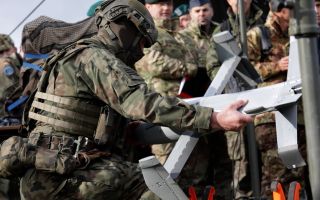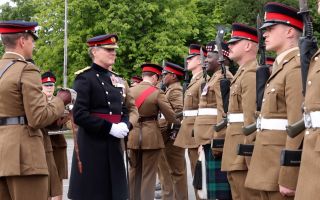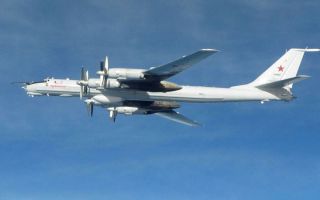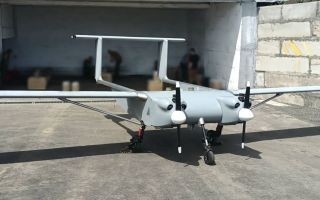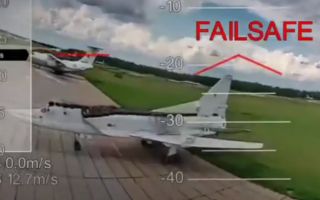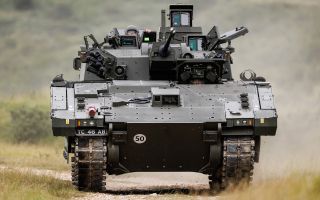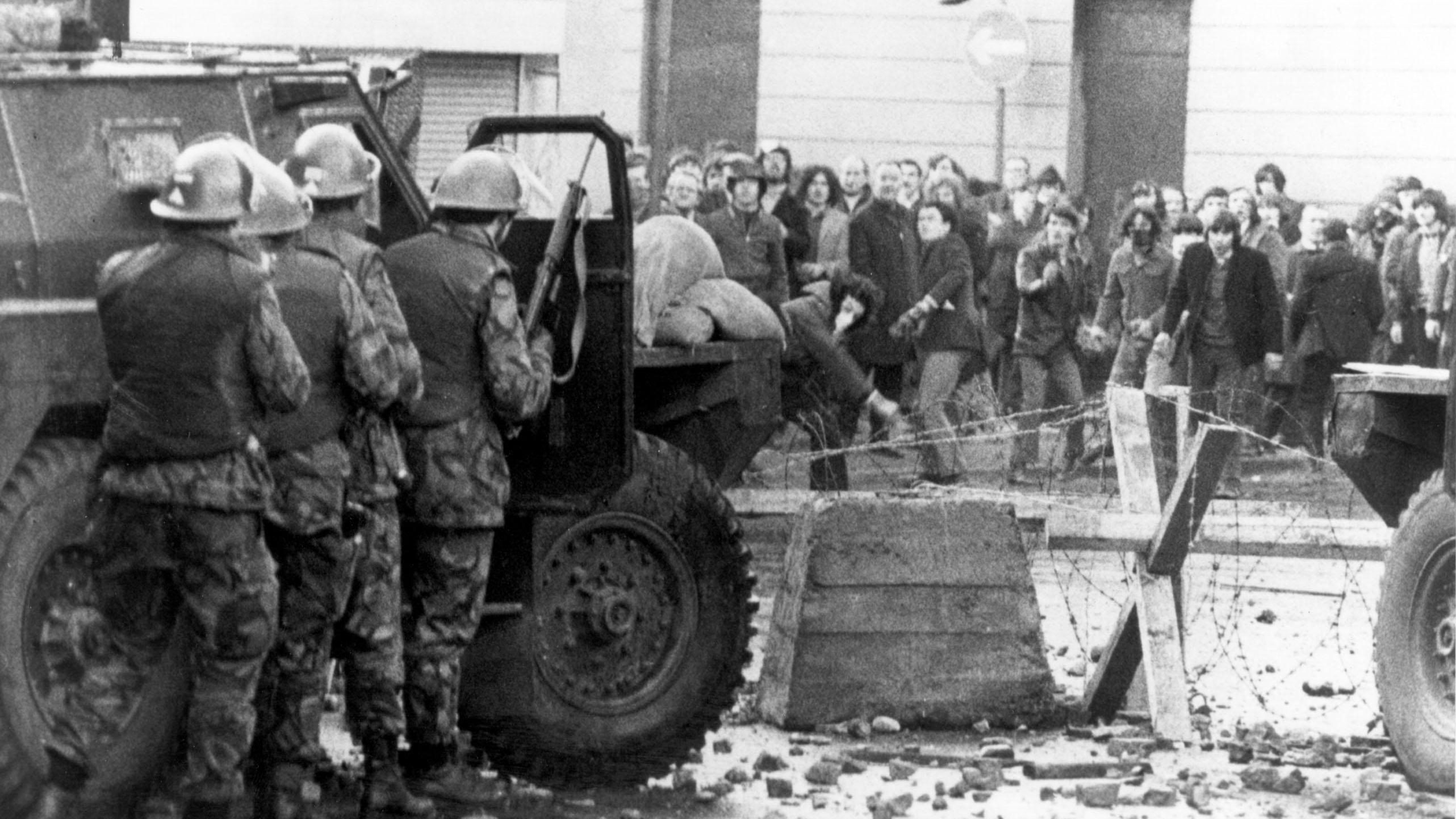
Bloody Sunday: What happened in Northern Ireland in 1972 and why it still matters

Bloody Sunday is one of the most significant and controversial events of Northern Ireland's Troubles, marking a turning point in the conflict and shaping political attitudes for decades afterwards.
On 30 January 1972, soldiers opened fire during a civil rights march in the Bogside area of Londonderry, killing 13 people and injuring at least 15 others. A 14th person later died from their wounds.
The demonstration had been organised to protest against internment – the policy introduced by the Northern Ireland government in 1971 that allowed authorities to detain people suspected of involvement with paramilitary groups without trial.
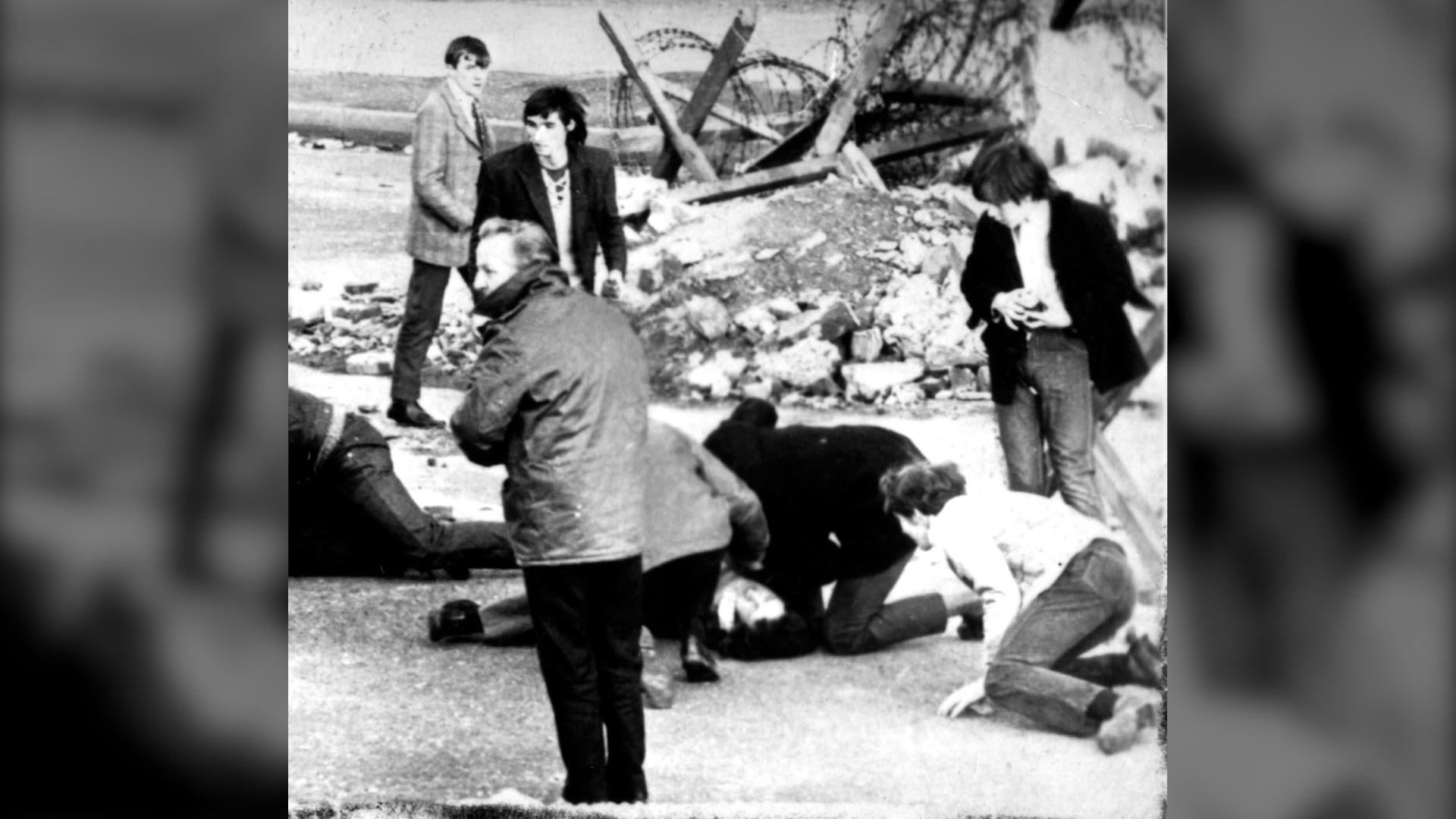
The soldiers involved were from the 1st Battalion, the Parachute Regiment, sent to help control the march, which authorities had banned.
As the troops moved in to make arrests, violence broke out. Soldiers fired live rounds, and several civilians were hit.
The British Army said its soldiers had come under fire from Irish Republican Army gunmen and that some of those shot were armed or handling explosives.
Eyewitnesses, civil rights organisers and journalists at the scene, however, said none of the victims were armed and that no warning was given before the shooting began.
The incident caused widespread anger in nationalist areas of Northern Ireland and led to an increase in recruitment to the IRA, which argued that peaceful protest could no longer achieve change.
Within days, violence intensified across the region, and the British government soon suspended the Stormont parliament, imposing direct rule from London.
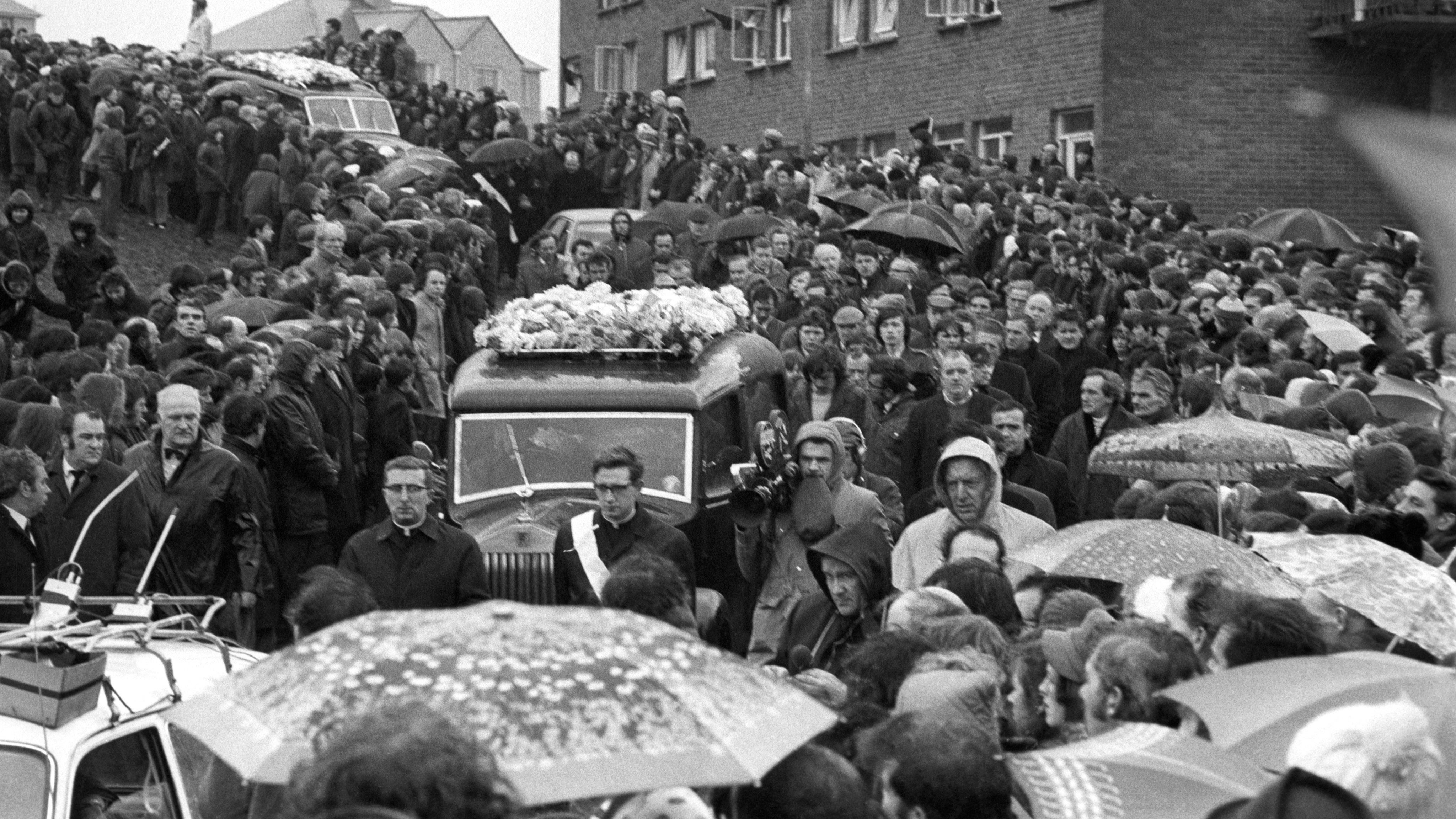
A government inquiry led by Lord Widgery, published in April 1972, largely accepted the Army's version of events, saying the soldiers had been fired upon first.
But many in the nationalist community rejected its findings, calling them one-sided.
In 1998, following years of campaigning by the families of those killed, a new public inquiry was launched under Lord Saville.
After 12 years of hearings and testimony, the Saville Report concluded in 2010 that all those shot were unarmed and that the killings were "unjustified".
Then-Prime Minister David Cameron formally apologised on behalf of the Government, saying the events of that day were wrong. The apology was welcomed by many, but did not resolve ongoing questions over accountability.
Only one former paratrooper, known as Soldier F, faced prosecution. On 23 October 2025, he was found not guilty at Belfast Crown Court of committing two murders and five attempted murders on Bloody Sunday in Londonderry in 1972.
Bloody Sunday continues to be commemorated annually in Londonderry.
For some, it represents a defining moment in the campaign for civil rights; for others, it is part of a complex and painful history that still divides opinion.
More than half a century later, it remains central to discussions about truth, justice and reconciliation in Northern Ireland.

